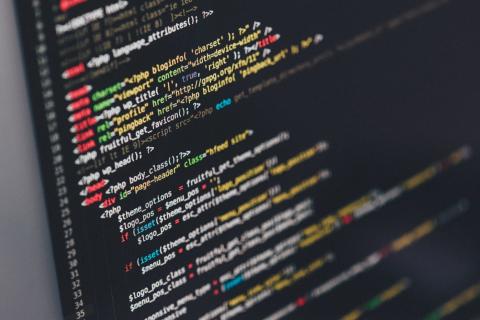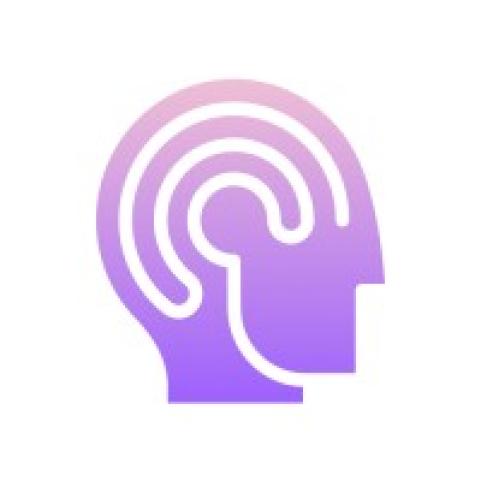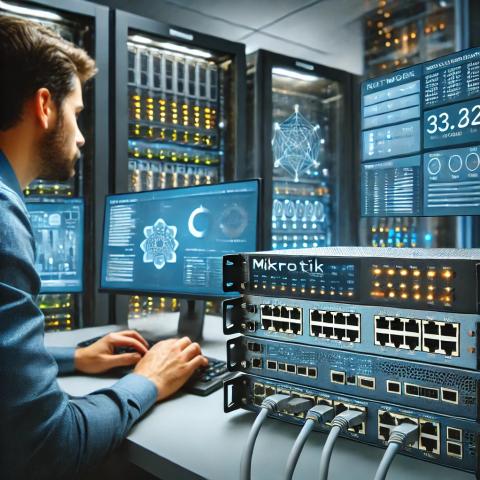Sensor Testing Market: Growth, Trends, and Forecast
The Sensor
Testing Market has emerged as a vital segment within the broader sensor
and electronics industries, driven by the increasing demand for
high-performance and reliable sensor systems across various sectors. The market
was valued at USD 1.73 billion in 2022 and is expected to grow from USD
1.86 billion in 2023 to USD 3.5 billion by 2032, registering a CAGR
of 7.3% during the forecast period (2024 - 2032). This growth is attributed
to the expanding sensor applications in industries such as automotive,
healthcare, manufacturing, and consumer electronics.
Market Drivers
- Increased
Adoption of Sensors in Automotive and Industrial Applications:
As the automotive and manufacturing sectors continue to adopt advanced sensor technologies for automation, safety systems, and smart features, the demand for accurate and reliable sensor testing solutions is increasing. These sectors require precise testing of sensors used in engine management, collision avoidance, tire pressure monitoring, and more. - Rising
Demand for Consumer Electronics:
The proliferation of smart devices, wearables, and consumer electronics, which are equipped with a variety of sensors (such as pressure sensors, accelerometers, and gyroscopes), has further accelerated the need for sensor testing services. Ensuring optimal sensor performance is critical for user experience, driving the growth of the market. - Growth
of Internet of Things (IoT):
The rise of IoT devices and connected systems in both industrial and consumer sectors is a key growth driver for the sensor testing market. IoT-enabled devices rely on sensors for data collection and transmission, making effective testing crucial to guarantee the performance and reliability of these devices. - Advances
in Healthcare and Medical Devices:
Healthcare and medical industries are increasingly utilizing sensors for diagnostics, patient monitoring, and wearable health devices. From glucose meters to wearable ECG monitors, sensor testing plays a crucial role in ensuring the accuracy and reliability of these devices, contributing to market expansion. - Automated
Manufacturing and Smart Factories:
The shift toward smart factories and automation in industries like manufacturing and energy production is driving demand for sensor testing solutions. Sensors used in industrial automation, predictive maintenance, and real-time monitoring must undergo rigorous testing to ensure they function reliably in diverse and harsh environments.
Challenges
- Complexity
in Testing Advanced Sensors:
As sensor technologies advance, the complexity of testing systems has increased. Testing advanced sensors such as MEMS (Microelectromechanical Systems), optical sensors, and environmental sensors requires specialized equipment and techniques, posing challenges for market players in terms of cost and expertise. - High
Testing Costs:
Sensor testing involves a high degree of accuracy, and the costs associated with sophisticated testing equipment, calibration, and labor can be significant. This can pose a barrier to adoption, particularly in cost-sensitive industries or smaller enterprises. - Lack
of Standardization:
The sensor testing market is somewhat fragmented, with varying standards and testing methodologies across different sensor types and industries. This lack of universal standardization can make it challenging for companies to offer universally accepted testing solutions, potentially limiting growth opportunities in the market.
Market Segmentation
- By
Type of Sensor:
- Pressure
Sensors
- Temperature
Sensors
- Accelerometers
- Gas
Sensors
- Flow
Sensors
- Position
Sensors
- Optical
Sensors
- Humidity
Sensors
- Other
Sensors (Including Proximity, Touch, etc.)
- By
Application:
- Automotive:
Autonomous vehicles, safety systems, emission control, etc.
- Consumer
Electronics: Smartphones, smartwatches, wearables, and other
connected devices.
- Healthcare:
Medical devices, wearable health monitors, diagnostic tools, etc.
- Industrial
Automation: Sensors for robotics, machine learning, predictive
maintenance, and process monitoring.
- Aerospace
& Defense: Sensors for flight systems, navigation, and military
applications.
- Energy
& Utilities: Smart grids, power plants, oil & gas monitoring,
and environmental sensors.
- By
Service Type:
- In-house
Testing
- Outsourced
Testing Services
- By
Region:
- North
America: A leading market due to strong demand from the automotive,
healthcare, and manufacturing sectors.
- Europe:
Significant growth in industrial automation and automotive sectors, along
with growing healthcare applications.
- Asia-Pacific:
The fastest-growing region, driven by industrial development, consumer
electronics, and smart manufacturing.
- Rest
of the World: Growth in emerging markets in Latin America, the Middle
East, and Africa, particularly in sectors like energy, mining, and
automotive.
Emerging Trends
- AI
and Machine Learning Integration:
Artificial Intelligence (AI) and Machine Learning (ML) are transforming the sensor testing process. By analyzing large amounts of sensor data, AI algorithms can predict sensor behavior and optimize testing strategies, reducing the time and costs associated with testing while improving sensor quality. - Wireless
and Remote Testing:
The increasing use of wireless sensors has led to the development of remote testing systems. This technology allows for sensor testing to be conducted without physical contact, offering convenience in remote or hazardous environments and reducing the need for expensive, onsite equipment. - Miniaturization
of Sensors:
As sensors become smaller and more compact, especially in consumer electronics and medical devices, the demand for testing solutions that can handle miniaturized components is increasing. Testing systems are evolving to handle these small, delicate sensors while maintaining accuracy and reliability. - Adoption
of 5G in Sensor Testing:
The rollout of 5G networks is expected to impact the sensor testing market, particularly for applications in IoT, autonomous vehicles, and smart cities. 5G will enable faster data transmission and real-time monitoring, increasing the need for highly efficient and reliable sensor testing systems.
Market Outlook
The Sensor Testing Market is poised for substantial
growth as industries increasingly rely on sensors for automation, monitoring,
and data collection. The market's expansion is driven by the growing adoption
of sensors across automotive, healthcare, consumer electronics, and industrial
applications. As sensor technologies evolve, demand for efficient, accurate,
and cost-effective testing solutions will continue to rise, creating new
opportunities for innovation in sensor testing.









